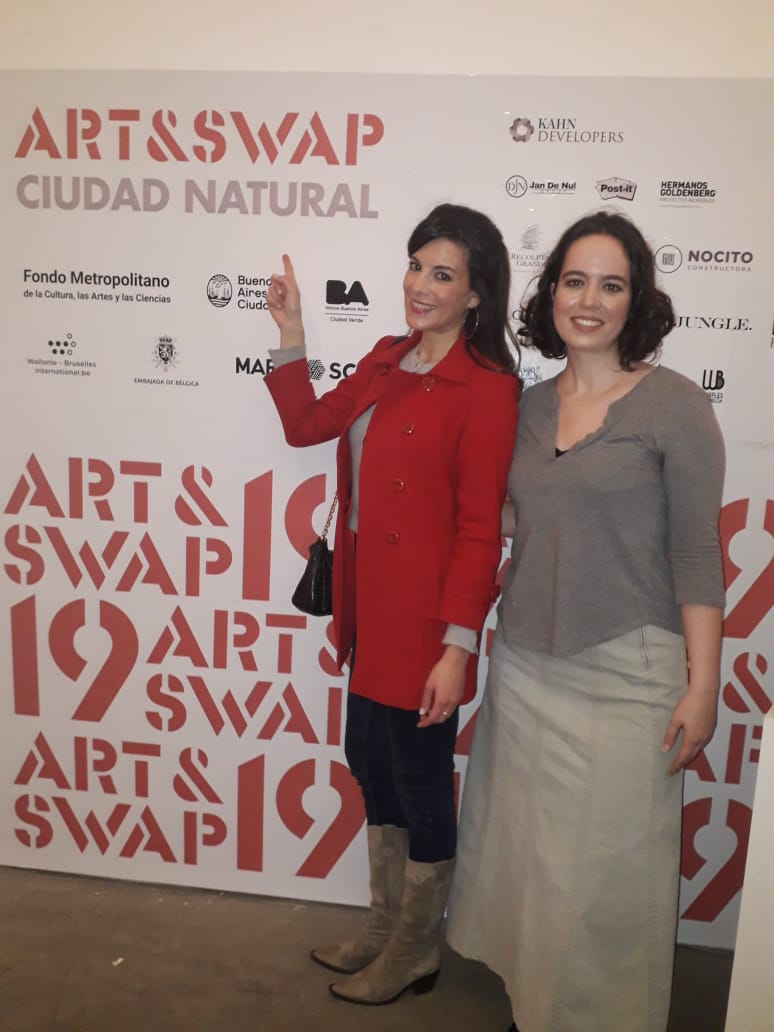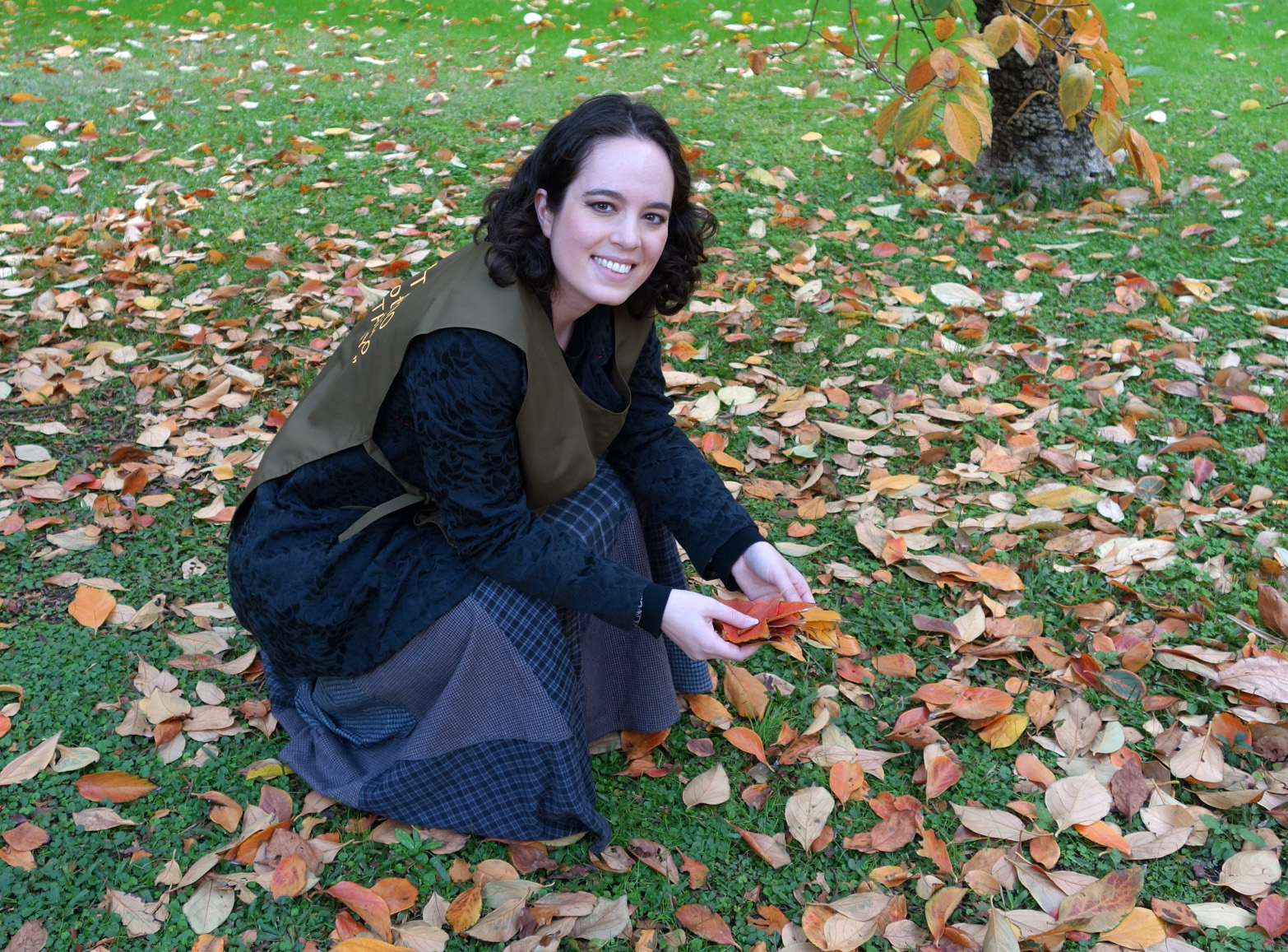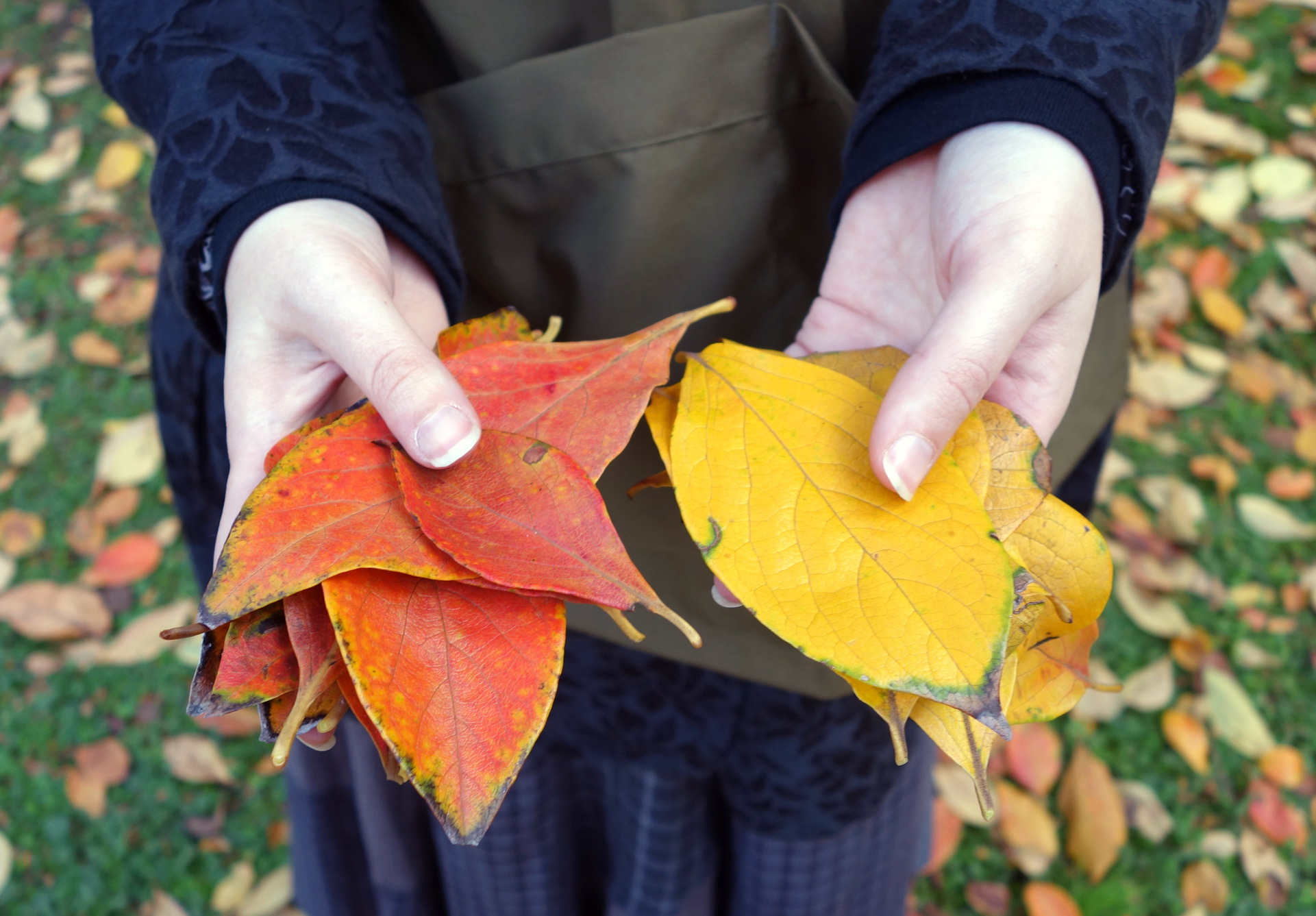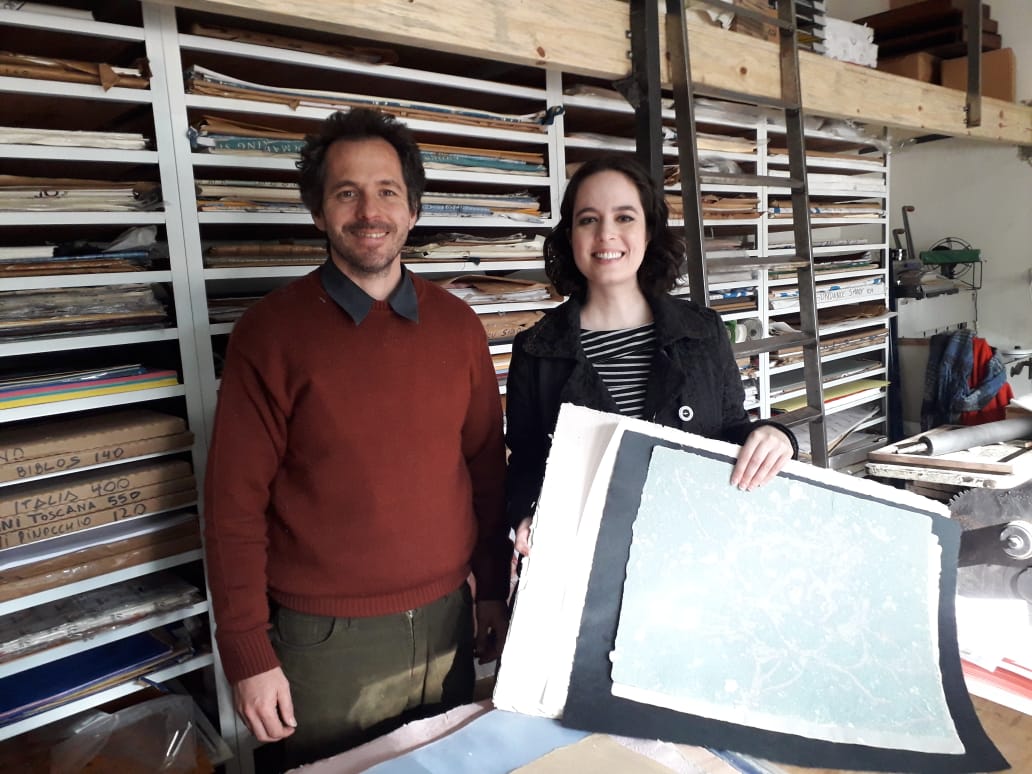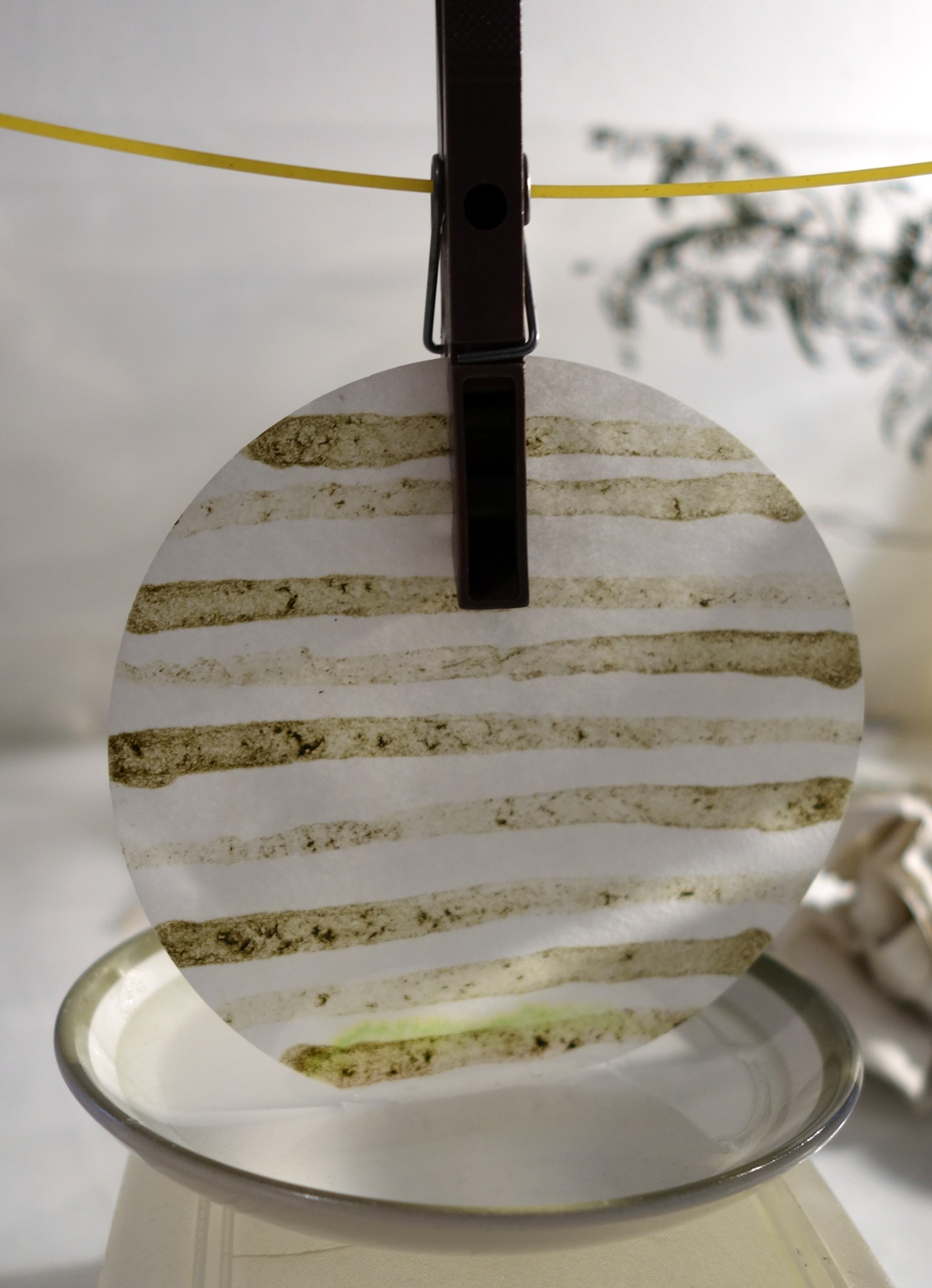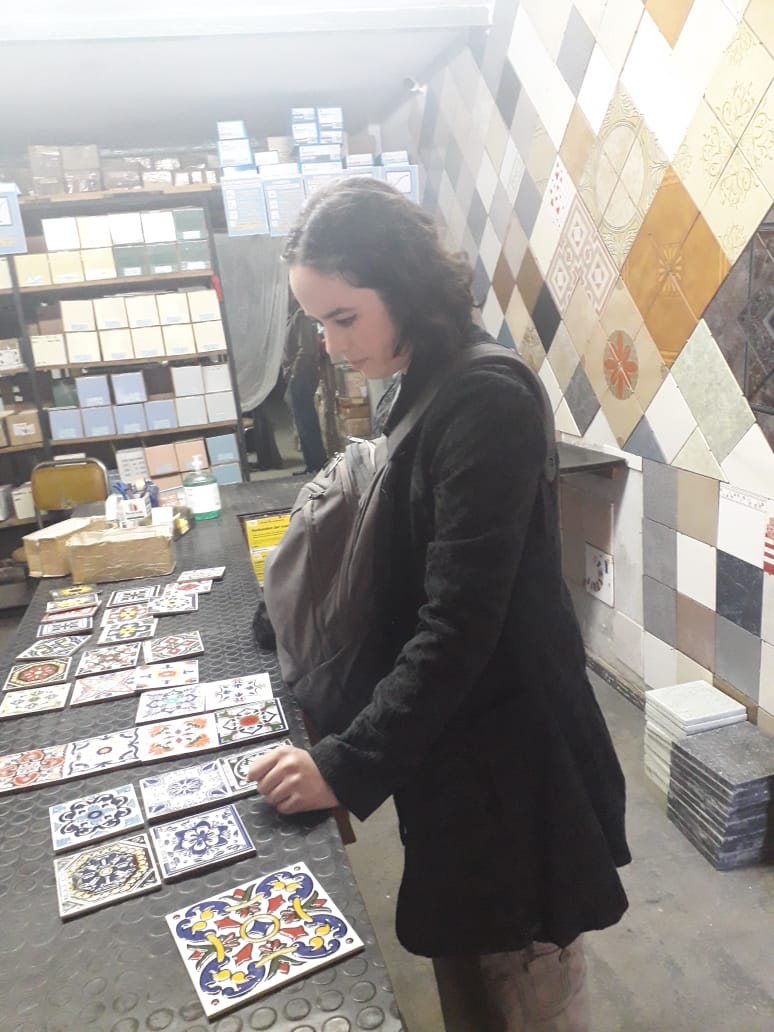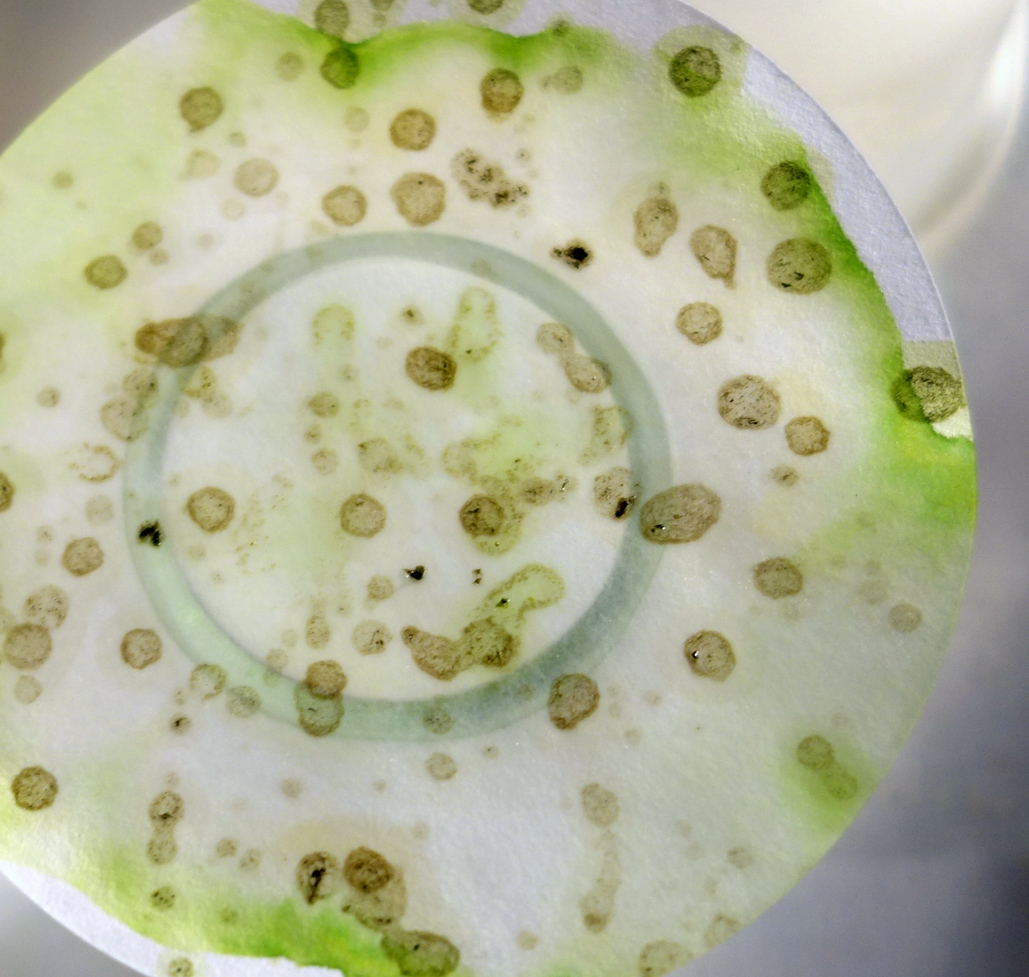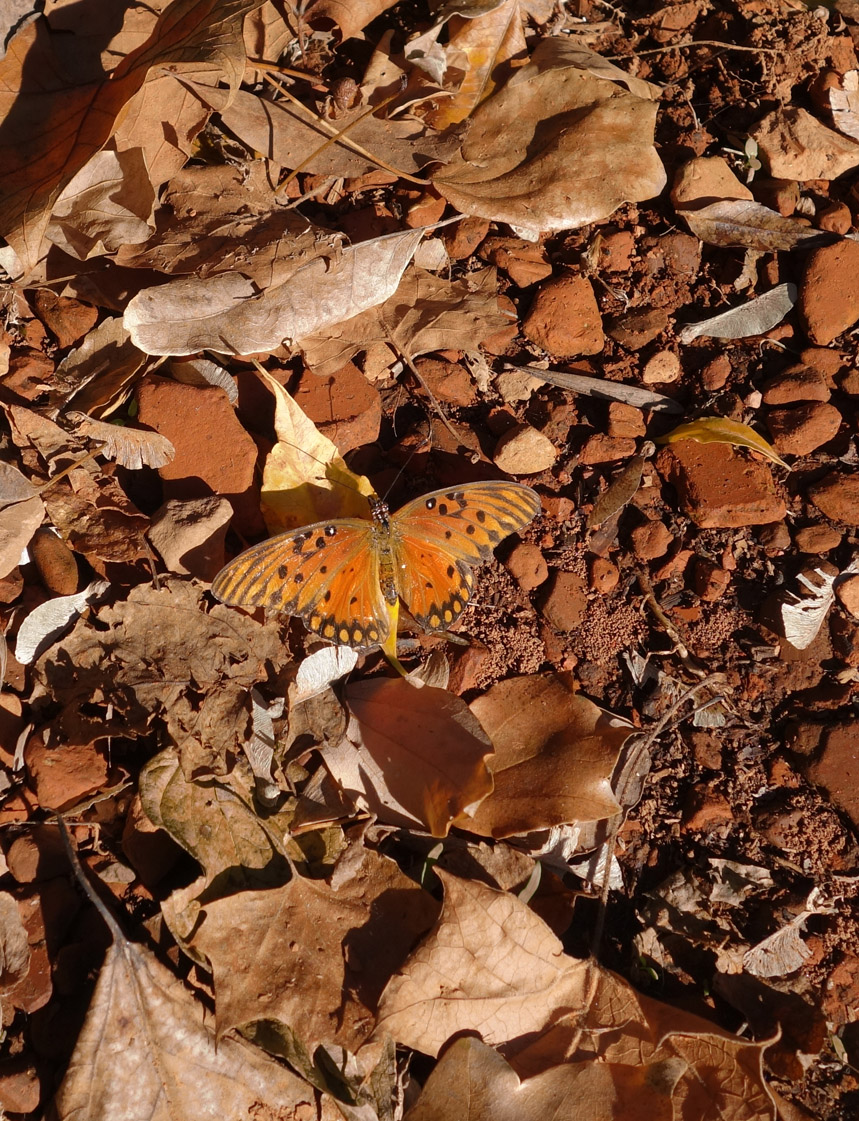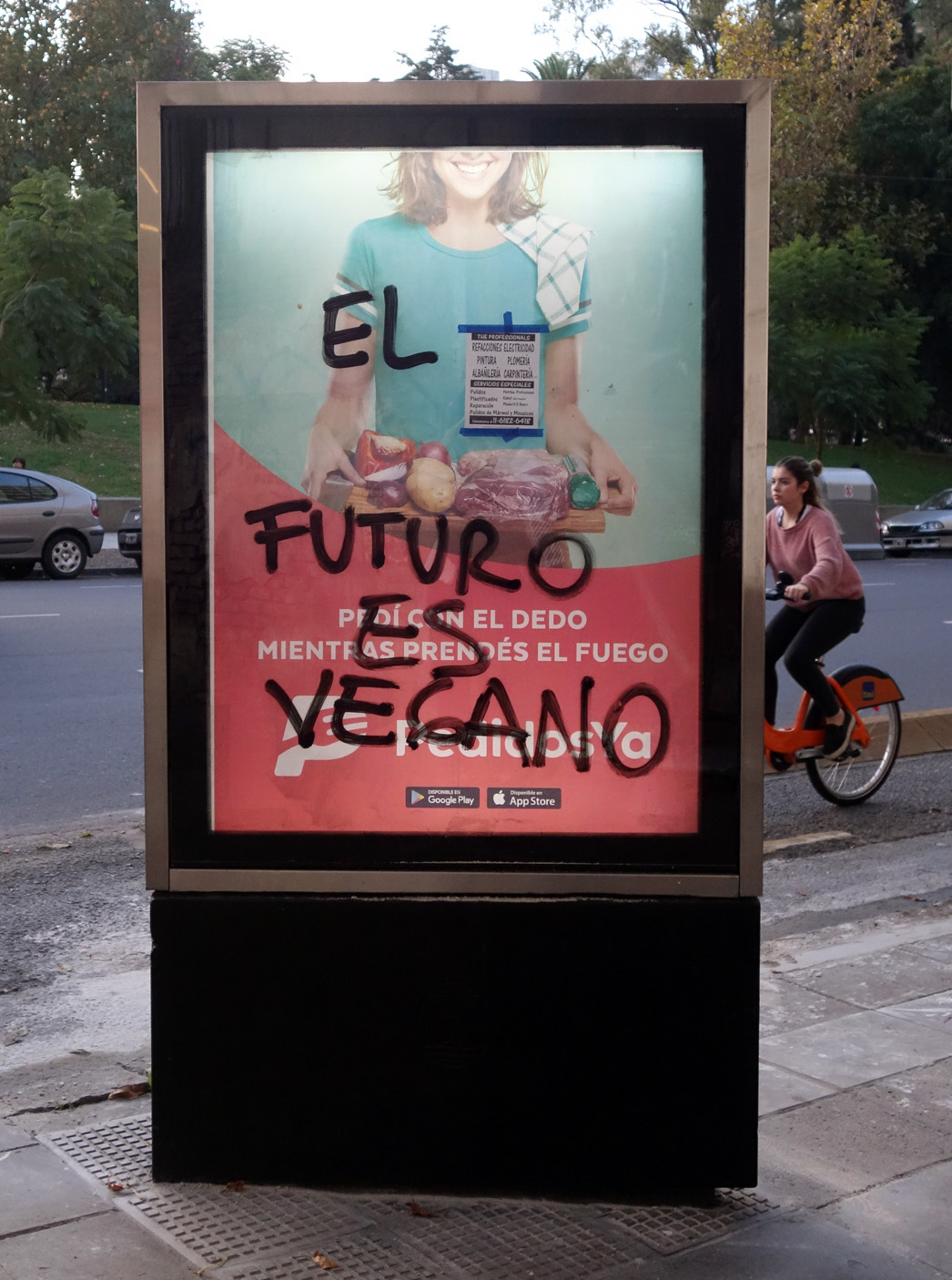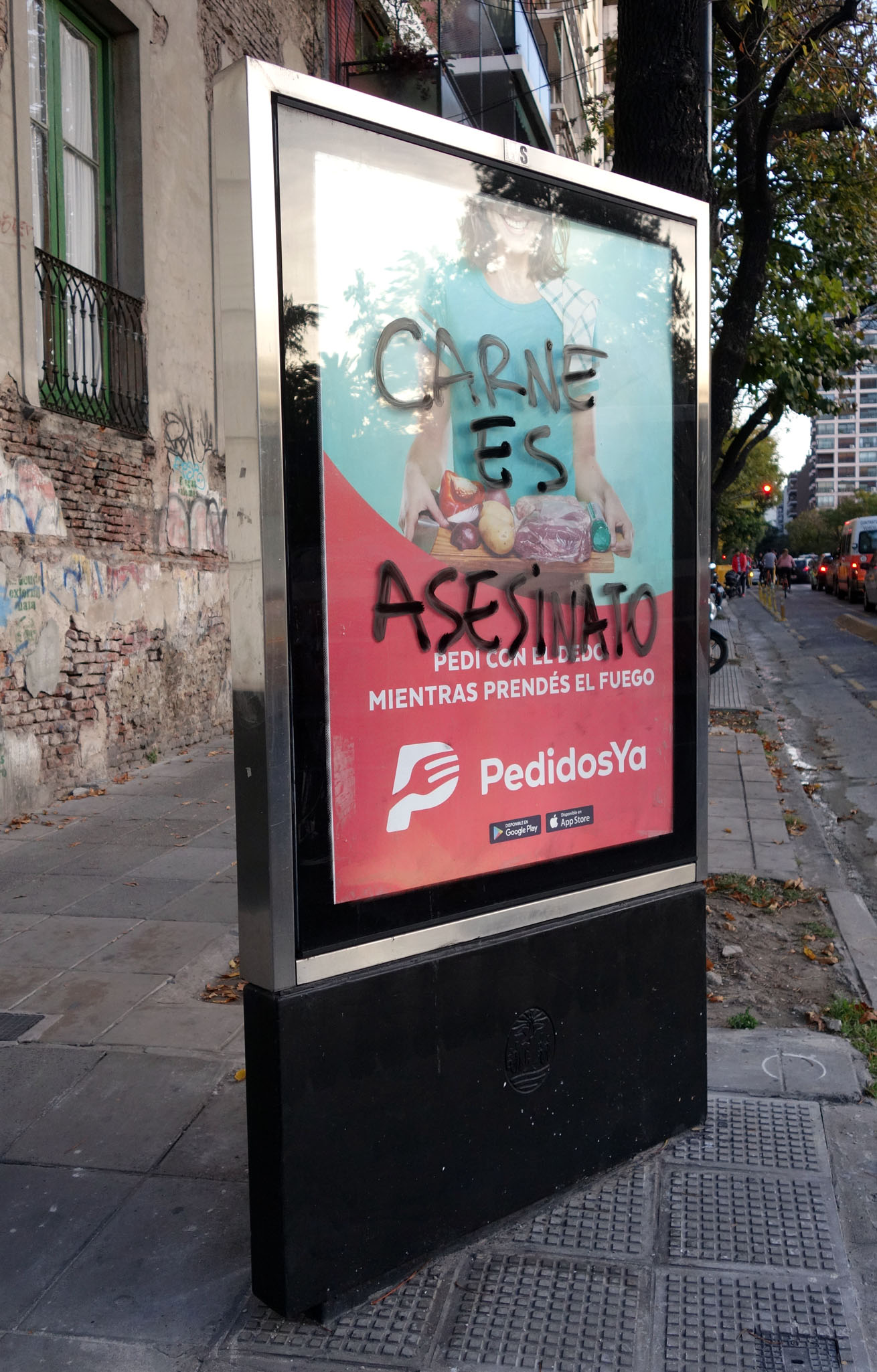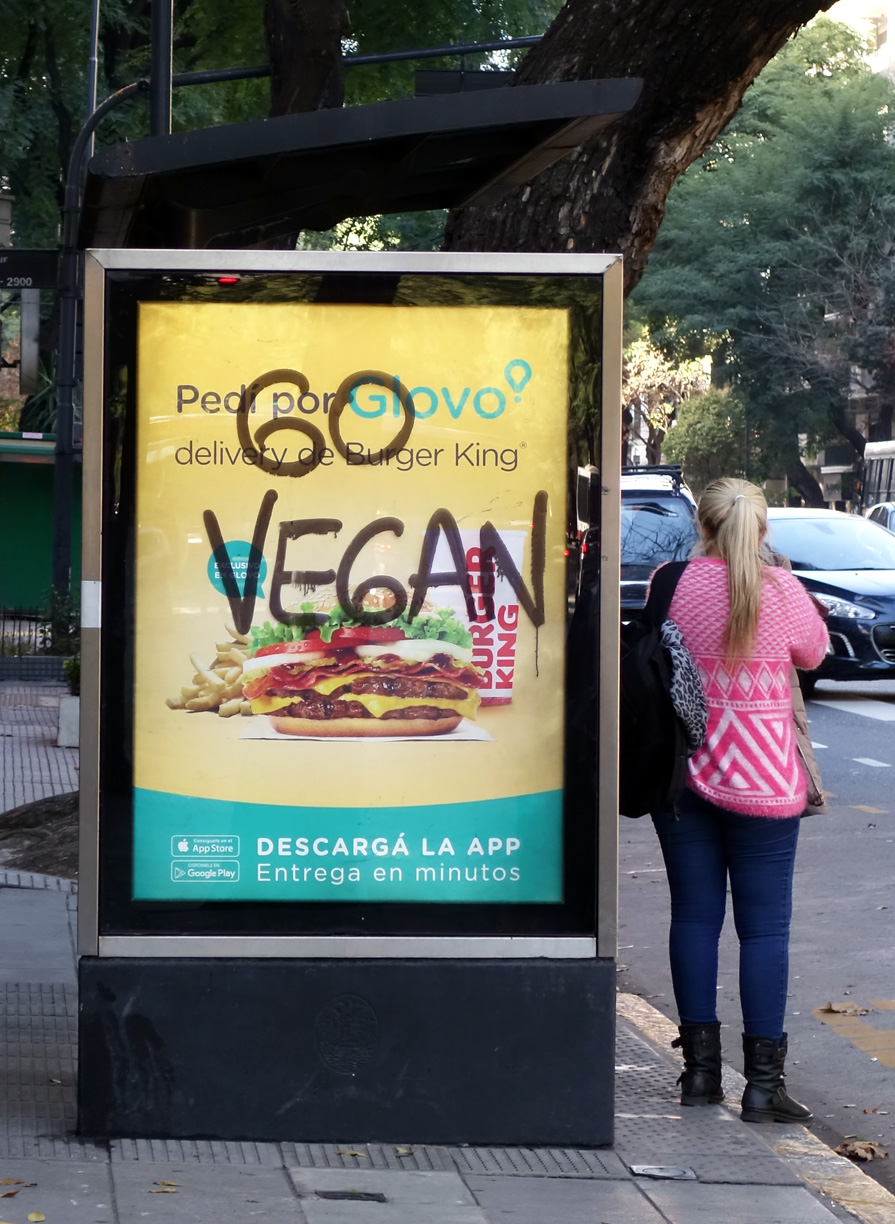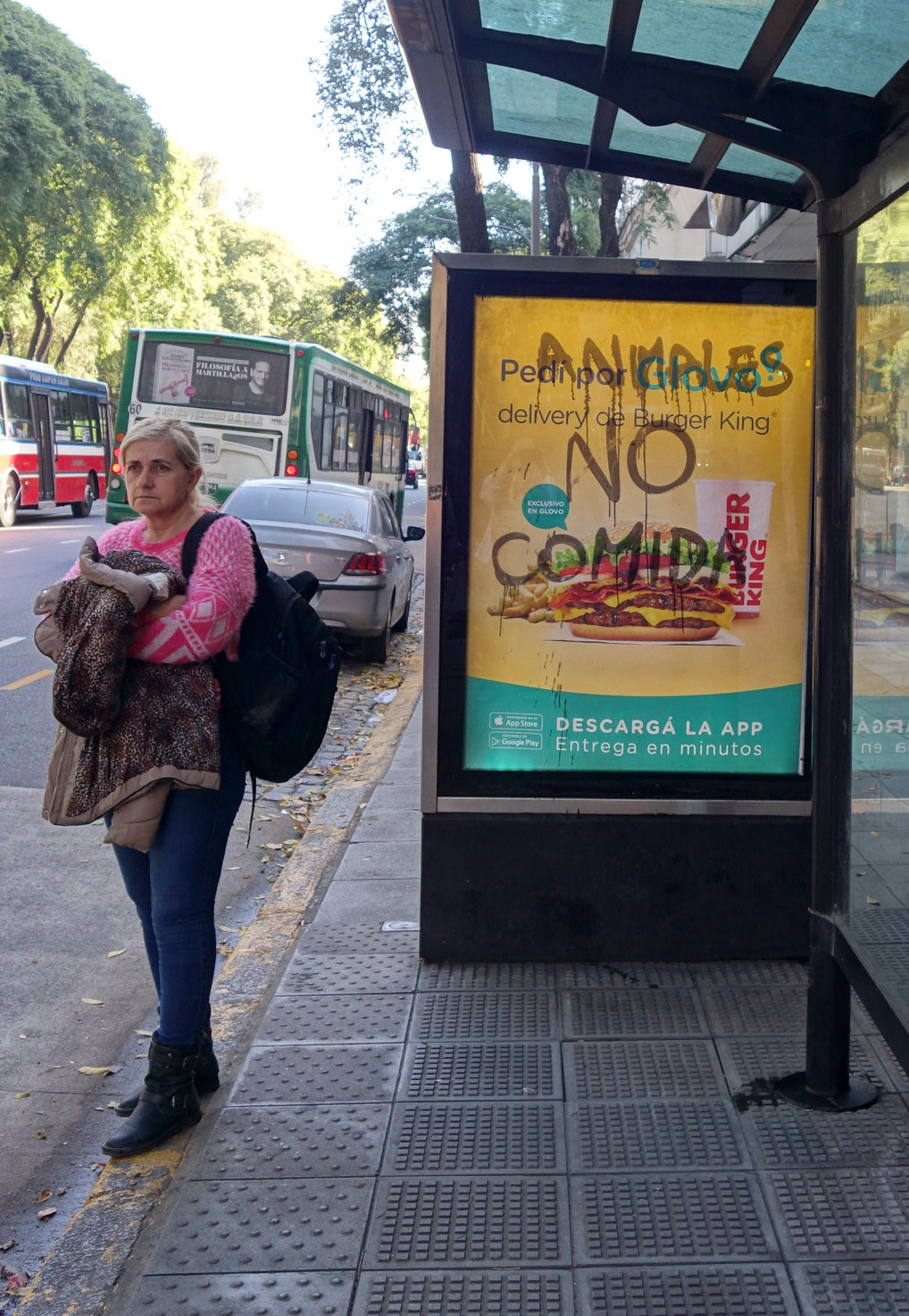My flight to Buenos Aires was a red-eye, and that seems to be the norm as all the flights I looked at were approximately at the same time. Though KCI is purportedly an international airport, I’ve never had a direct international flight out of it (the current expansion should help in the future, though!), and this was no exception - I flew through Atlanta and then on to Buenos Aires. My flights all went very smoothly and I also had very good luck on both and got to sit in empty rows each time! On the long leg, I was in a two-person row so there still wasn’t enough room to lay down… but I really appreciated the extra foot room and seat storage. I have a very difficult time sleeping on planes, and this was no exception. Instead, I watched a few movies (Deadpool II, Annihilation (which was rather different than the book which I’d already read), Aquaman, and Arctic).
I arrived in Buenos Aires at around 9:30am, and by the time the arranged taxi had delivered me to the house I’m staying in, it was around 11am. Patricia was waiting for me with a bouquet of flowers, which was so kind! I was quite tired, since I didn’t sleep on the plane, and thought I might take a short nap… but Patricia said if I wanted she’d be available to show me the ropes so I decided that’d be a better use of my (and her) time. I took a tour of the house (it’s great!) and then we made a list of what I needed to do next. One of those tasks was to pay the rest of the residency fee as I’d only placed a deposit ahead of time.
I had assumed, unfortunately erroneously, that I knew the best way for me to navigate exchanging money here, since I know how to do so in Europe. All I do in Europe is bring my debit card (in addition to having a no-foreign-transaction-fee credit card), and with the debit card I can withdraw up to 500 euros at a time for a $10 fee from a bank. It’s pretty convenient and the banks tend to have fair exchange rates. However, due to the ever-rising inflation which is rapidly outpacing the withdrawal limits here in Argentina, the most you can appear to withdraw at one time is approximately $110, and you will still pay a $10 fee for that service. Well, I’ll know to research it per country in the future! Hopefully I can use my credit card for most transactions so that I can keep my cash withdrawals relatively infrequent.
The current exchange rate is approximately 45 pesos to the dollar, which for mental math I round up to 50. The numbers get really high really fast, and I keep being scared I’m paying a lot only to do the math and realize it’s not so bad.
After withdrawing some cash from a bank, we walked to the Buenos Aires Botanical Garden (which is called the Jardín Botánico Carlos Thays in Spanish, but I think it is clearer for English audiences to use the English version of the name). Patricia introduced me to two of the workers at the garden, and one named Carolina said that if I came back the following day they could in the interim get me permission to collect some leaf samples, access to the greenhouses, and other similar access levels. Patricia and I then walked all around the garden spaces, which was actually bigger than I had thought it would be - that’s always a good thing, in my mind, as I can have extremely high expectations of botanical gardens!
By this time we were both hungry, so we had a late lunch in Quotidiano Bar de Pastas Palermo. I shared a pitcher of mint ginger lemonade with Patricia because she said it was her favorite. I didn’t dislike it, but it was weird! I don’t know if I will intentionally order it again, but perhaps. Then we walked to the Carrefour supermarket so I could buy some groceries. I was advised to buy drinking water since the locals avoid the tap water here, so I decided to get two giant containers of water and not really limit myself much on groceries either and then have them deliver it all for a $3 delivery fee. Despite being enormous, the Carrefour didn’t have as many items as I would expect, though - it’s frozen food selection was paltry, and it also had fewer fruits than I’d have liked. There are produce stores around, though, so I’ll probably try to stop in those when I can.
When we got back, I think it was around 5pm and we’d spent much of the preceding six hours on our feet walking! Patricia then took some time showing me maps of the area and helping me plan out the next few days. By 6pm, the grocery store delivery arrived and since she was still here, she helped me unpack it. Then she said goodbye, and I had a strong urge to sleep but put it off. Instead, I took a shower (and there was hot water! for the whole shower! this is unusual for traveling! but wonderful!) and then read a book for a couple hours, had a granola bar and some chips (I could not summon the energy to cook), and then went to bed right around 8:45pm. I slept until about 10:30am the next day!
The following morning I made myself breakfast and unpacked my suitcases. Patricia and I caught a bus to the botanical garden to start to acquaint me with the local bus system (el collectivo) which is altogether less organized than in other major cities in that there are no timing schedules and no signage. Patricia urged me to consider taking Ubers instead at least until I’ve taken the bus with her several times. Fortunately, an Uber to the garden is only around $1-$1.50, so that’s pretty reasonable especially since entrance to the garden is free for everyone (I assumed it would be free for me since I’m working there, but it’s unusual for such a big garden to be free for all). To walk from the house to the garden is - according to Google Maps - 33 minutes one way, so while I won’t mind doing that occasionally, I will probably not want to do that every time and unfortunately the house isn’t near a metro station.
At the garden this time I met by myself with both of the workers from the day before, but also with three new-to-me workers as well. I was provided with a vest that proclaims me to be a garden volunteer, so as to deflect annoyance at my gathering of some leaves, and also had the opportunity to be shown quickly through the tropical greenhouse. I spent a couple hours there, taking photos and a few leaves, and then left for a very late lunch. I looked up restaurants nearby on my phone, and found a vegetarian one not too far away so I headed there! It turned out to be in a mall food court which I only found out upon arriving, which is not the best for ambiance nor food quality, but it was pretty decent fare nonetheless. Then I considered catching an Uber back but figured it would probably be good to walk back to learn the lay of the land a little more. I also found a series of vegan graffiti - there was probably more in the vicinity - which I found really interesting. Argentina is known for meat and barbecue, but there is a growing worldwide interest in healthier lifestyles - both for the consumer as well as for the planet. After all the walking the day before and this day, too, my feet were quite sore! I spent the evening prepping in the studio and making dinner.
